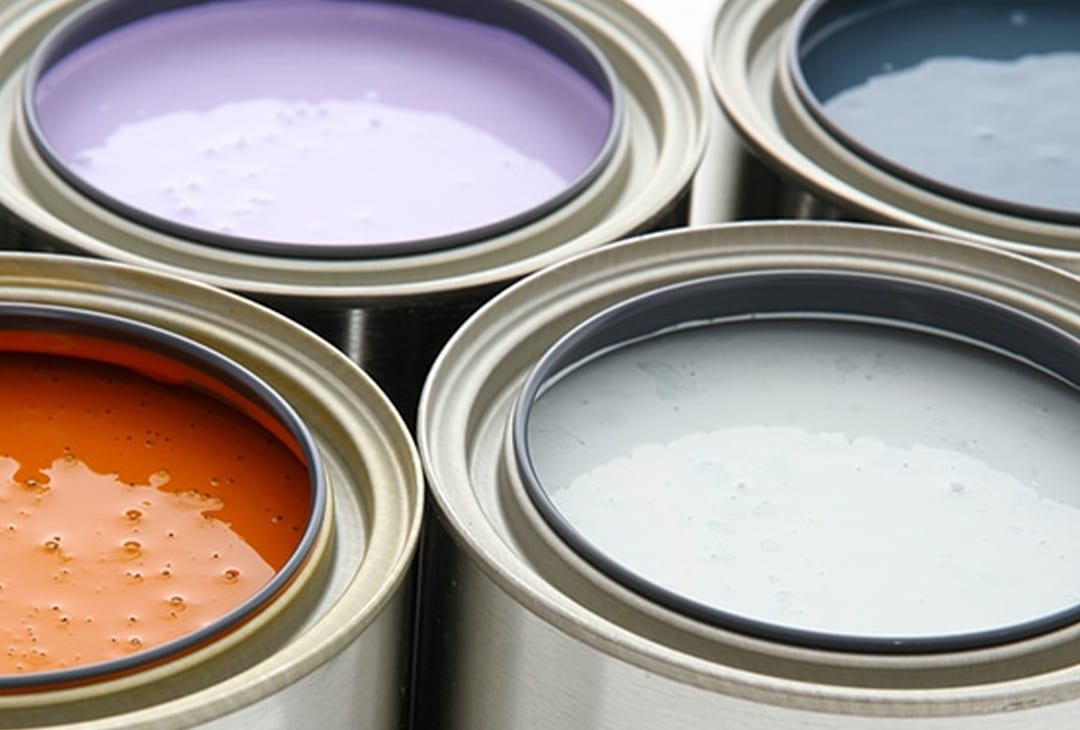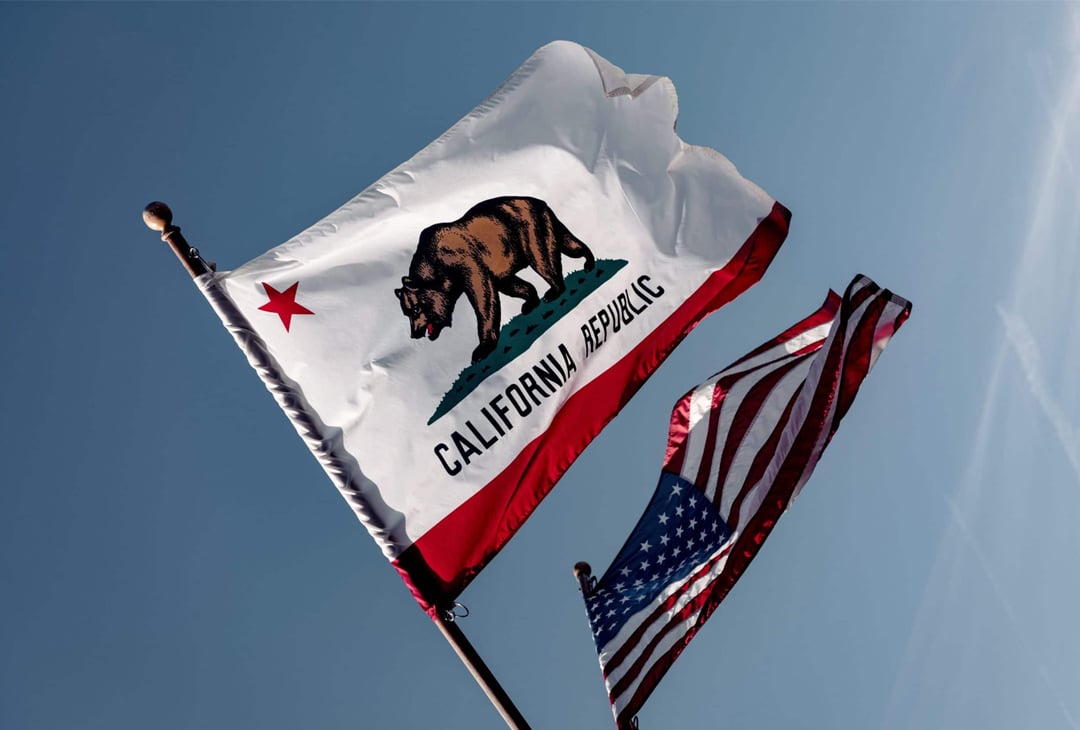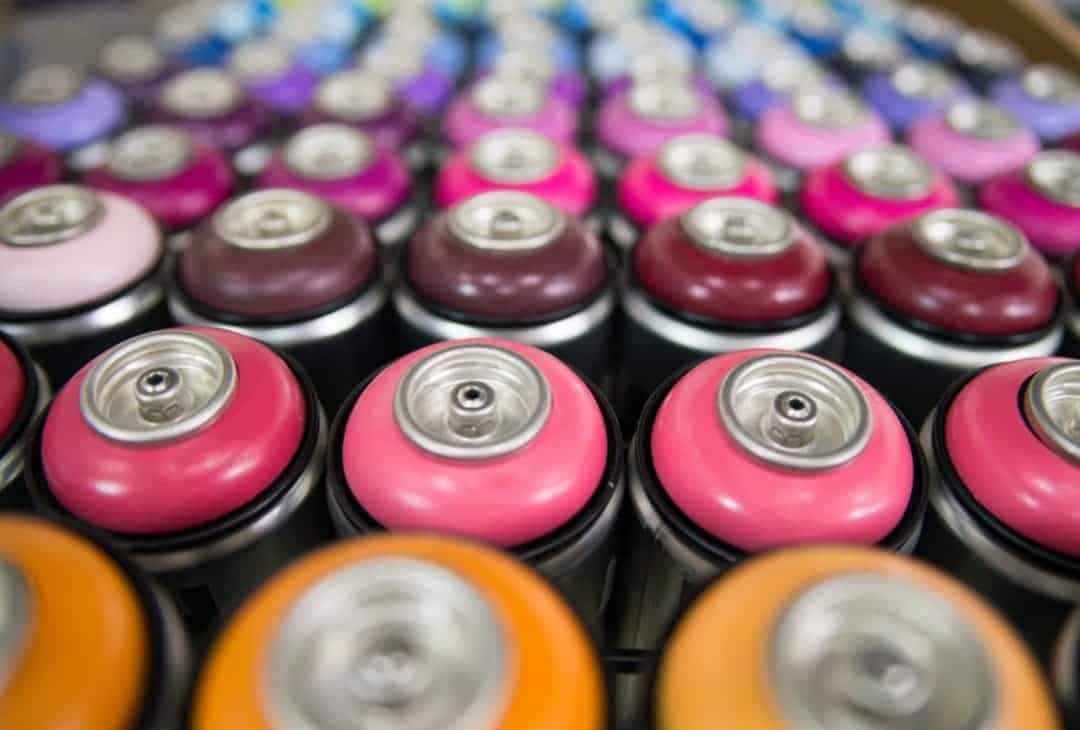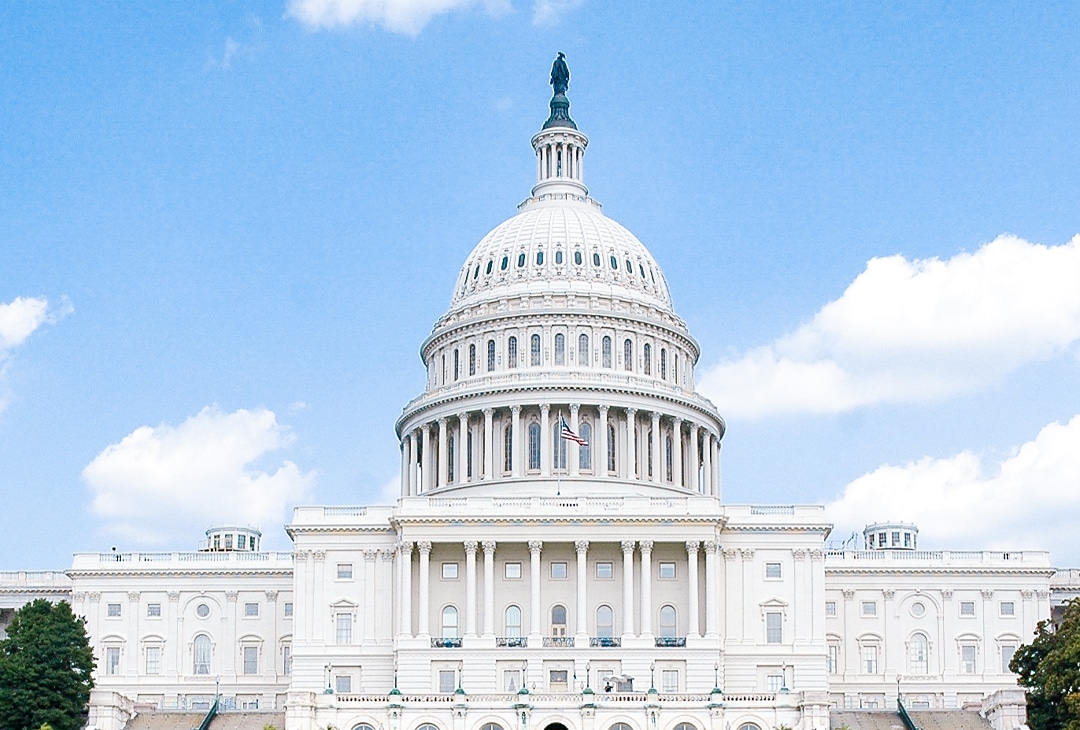
Introduction
The paint and coatings industry is an essential and dynamic part of our nation’s economy, and plays a key role in creating products that help preserve and protect everything, from everyday objects to our most important infrastructure. Aside from providing aesthetic appeal, paints and coatings act as a protective barrier to extend the useful life of the surfaces and substrates to which they are applied.
Read More…
While often overlooked or invisible, coatings are indispensable products, engineered to perform well under varied conditions. Coatings not only preserve our cars and homes, they preserve the bridges we drive across and the tunnels through which we travel; and they save energy by keeping buildings cooler and harnessing solar energy. They also provide durability and performance enhancement to life-saving equipment, such as ventilators and medical stents, among many, many other examples. The paint and coatings industry is not only integral to providing products that sustain our daily lives, but also provides jobs for its thousands of employees, and end-use customers.
The American Coatings Association (ACA) is a voluntary, nonprofit trade association working to advance the needs of the paint and coatings industry and the professionals who work in it. The organization represents paint and coatings manufacturers, raw materials suppliers, distributors, and technical professionals. ACA serves as an advocate and ally for members on legislative, regulatory, and judicial issues, and provides forums for the advancement and promotion of the industry through educational and professional development services.
With this Issue Backgrounder, ACA aims to highlight the U.S. paint and coatings industry and its products, as well as the vital role they play in the American economy and will play in rebuilding the nation’s infrastructure.
U.S. Industry: Reach and National Impact
Ultimately, every manufactured product has a coating to enhance its performance or lifespan. Coatings provide essential and much needed technologically advanced performance characteristics to the finished product, providing protection from degradation like corrosion, abrasion, high or low temperatures, chemicals and ultraviolet rays, moisture, and microbes, among a host of aggressive or destructive conditions. And, more and more often, a thin film of coating is being used to replace traditionally used materials — like plastic laminate —because of the ease, economy, and the technologically engineered advantages that coatings offer.
Read More…
Paints and coatings encompass more than paint used to cover walls in the home; enamels, primers, undercoats, stains, varnishes, aerosol paint, caulks, sealants, and adhesives are all coatings. The U.S. paint and coatings industry includes manufacturers, raw materials suppliers, and distributors. Raw materials for paints and coatings are derived not only from fossil fuels and minerals, but also from natural products, such as clays, tree saps and vegetable oils. Petrochemicals are still among the most critical raw material, and the industry is seriously affected by petrochemical shortages and price fluctuations.
On the whole, the $26 billion1 U.S. paint and coatings industry employs some 300,700 workers, with a total payroll of $16.3 billion.2 The manufacture of paints and coatings is a small industry in the United States as compared with other industries, with some 41,300 workers.3 Industry facilities are located in urban areas like Chicago, Cleveland, and Louisville, as well as in Northern New Jersey, throughout California, Florida, and Washington State. However, it is important to note that the manufacture of integral paints and coatings feeds not only the health of jobs related to the sale of paints and coatings — paint and wall covering contractors, as well as retail establishments — but also those in manufacturing end-use markets that use those paints and coatings: the auto industry, aerospace, paper, machinery, home appliances, electronics, wood furniture, and metal containers, among the universe of other applications.
The coatings industry also contributes in a significant way to the U.S. economy by exporting over $2.5 billion in coatings product, while generating a substantial trade surplus of $1.4 billion.4


Vital to State Economies
The paint and coatings industry has a presence in every U.S. state, adding value to state economies for employment and trade. The following statistics underscore that vital role:
California ranked first in the nation by paint and coatings industry employment with 46,087 workers in 2019; Texas ranked second with 25,600 paint and coatings industry jobs. Florida followed Texas with over 25,639 paint and coatings industry jobs; and New York and Ohio rounded out the top five leading states by paint and coatings industry employment, with 15,319 and 13,362 jobs, respectively.
Read More…
- The highest paid paint and coatings industry wages were those in Ohio, where the annual average wage for the state’s paint and coatings industry workforce was $79,800 in 2020. Michigan’s 9,159 paint and coatings industry workers received the second highest annual average wages at $70,800. Connecticut, llinois, New Jersey, Hawaii, and Tennessee each had strong paint and coatings industry average annual wages of at least $61,000.
- California was also the leading state by paint and coatings industry payroll, at $2.4 billion in 2020. Texas, Florida, Ohio, and Illinois completed the list of top five states in paint and coatings industry payroll.
- Illinois led the states with the most paint and coatings exports, with $285 million in 2021; Texas was second with $275 million; and Ohio third with $224 million paint and coatings exports.
See how the states rank in terms of industry employment, wages, payroll, number of establishments, and exports at https://www.paint.org/about/industry/economic-contributions/.
Types of Coatings
Three distinct categories of coatings5 make up the industry’s markets: Architectural Coatings; Industrial Coatings; and Special Purpose Coatings.
Click the ‘Read More’ to learn more about each of these.
Read More…
Architectural Coatings are used to preserve, protect, and beautify the interior and exterior surfaces of residential, commercial, institutional buildings — including hospitals and healthcare facilities — and industrial buildings and factories. About half are applied by “Do-It-Yourself” consumers, who recognize that paint, as a home decorating product in a class of its own, transforms a living space for a small investment. Consumer paints, primers, stains, varnishes, clears, and lacquers (formulated for no more than light-duty use) make up this category, with an array of gloss levels. Architectural coatings, as both the largest sector and segment of the paint industry, comprises more than half of the total volume of coatings produced annually in the United States. In 2020, the industry shipped more than $13.6 billion of architectural coatings.6
Notably, the industry has made huge environmental strides in this market segment: it is estimated that approximately 90 percent of all architectural coatings are now water-based, the remainder of which are considered solvent-based.7 These environmentally conscious paint formulations also address customer demand for paints and coatings that are easier to apply.
Industrial Coatings applied in factory settings — providing functional properties that are crucial to the performance and durability of a wide assortment of industrial, transportation, and durable consumer products — are known as industrial original equipment manufacturer or OEM Coatings. They include finishes for medical equipment; food service products like cans, jars, and packaging; automobiles, buses, and transportation equipment; appliances; wood and non-wood furniture; metal building products; metal container and closure finishes; paper, and much more.
From this non-exhaustive list, it’s apparent that a host of independent and diverse industries depend on coatings, especially OEM coatings, for their production. In 2020, $7.7 billion of industrial OEM coatings were sold to maintain the appearance, functionality, and longevity of newly manufactured goods.8
Finally, Special Purpose Coatings cover an array of divergent coatings that serve a specific purpose. The one unifying characteristic is that these coatings tend to be “field-applied,” as opposed to being applied in a factory setting. This industry segment includes marine paints; high performance maintenance coatings; military-specified coatings that create a hardening effect for blast mitigation in buildings, including embassies and defense installations; automotive refinish paints; traffic and highway markings; roof coatings and multicolor paints and metallic paints. Notably, specialty coatings like marine coatings used on Navy ships are designed to serve multiple purposes. They are anti-corrosive to maintain the integrity of ships’ surfaces. They are also anti-fouling, to keep living organisms from building up on ships, which could adversely affect critical performance characteristics, like speed. In 2020, industry shipped $5.3 billion of special purpose coatings.9
While special purpose coatings represent the smallest of the three major classifications of coatings, they play an especially valuable role in upgrading the nation’s infrastructure. In fact, protective coatings, which historically rank as the second largest sub-segment of the special purpose category (automotive refinish paint has historically ranked as the largest sub-segment), will play a major role in any federal investment to rebuild and upgrade U.S. infrastructure, along with another special purpose coating subcategory — traffic marking paint — used on roadways, parking lots and airport surfaces.
Put simply, every manufacturing process that results in the production of a non-liquid product includes a process for coating the finished good, making the coatings industry an integral part of and partner to the larger manufacturing industry and national economy.


A Real Contributor to Rebuilding the Nation’s Infrastructure
Robust infrastructure is a pillar of the nation’s vitality, impacting the wellbeing of communities, people, and businesses. It is also an essential underpinning for a healthy economy. Yet much of the nation’s decades-old infrastructure is in dismal condition, a blight and danger for the world’s largest economy. The American Society of Civil Engineers’ (ASCE) 2020 Infrastructure Report Card graded overall U.S. infrastructure a “C-;” and of the 17 categories making up the overall grade, 11 were in the ‘D’ range that indicated a “significant deterioration” with a “strong risk of failure.”
Read More…
They included public transit, stormwater infrastructure, airports, and roads and highways, which make up the largest portion of U.S. infrastructure spending at $1.6 trillion, according to the group. In addition, ASCE downgraded bridges to a ‘C.’
Many of the nation’s roads, rails and bridges are falling into disrepair; important aspects of the aviation system are outdated and in need of expansion or renovation; and the waterway system is hampered by aging locks and decades-old infrastructure. Paints and coatings will be significant contributors to any federal effort to improve our infrastructure, and serving myriad other industries as evidenced by the following.
- Coatings for water transmission improve the pipeline infrastructure and serve as an internal lining and a corrosion-resistant external coating, for both potable and non-potable water transmission pipelines, acting as a barrier for both mechanical resilience and resistance against both chemical and climactic impact;
- Coatings for electric and hybrid vehicles: with global production of EVs currently around two million and expected to surpass 10 million by 202510, coatings will provide key performance attributes to meet that demand.
- Electrically insulating coatings for applications to help control temperature for superconducting batteries and extend battery-life; 11
- Coatings systems developed for newly introduced lightweight metals and composites used by EV and hybrid automakers that help with “lightweighting” to achieve better fuel economy and reduced CO2 These coatings must adhere to these very different substrates, as well as provide solar reflectivity, corrosion protection, and the desired appearance. These coatings systems are advancing rapidly, becoming thinner and designed with fewer layers;12
- External coatings with infrared-reflective pigments that keep the cabin cooler to reduce the need for extra energy to power air conditioning, ultimately enabling EVs to go farther on a single charge;13
- Coatings developed to protect against electromagnetic interference necessary to shield electronics used in vehicle communication systems from the large magnetic field generated by vehicle battery packs;14 and
- Coatings that are compatible with EV computer drivers, sensors, and communications systems and are easy-to-clean, while simultaneously retaining their hydrophobic and transmissive properties (anti-reflective, etc.).15
- Coatings applied to steel structures that slow or delay the corrosion process: unprotected steel structures in harsh environments can lose as much as 1 mm in thickness in as little as five years. This loss contributes to structural weakness, and the steel must be replaced. But a thin protective coating applied to the steel can slow or delay the corrosion process and significantly extend the life of the steel by 15 or more years, even in offshore environments;
- Coatings for the railroad industry that reduce the potential for derailments; prevent shifting or movement from the force of passing trains; and permanently protect rail structures from corrosion and abrasion by strengthening existing metal structures; and
- Traffic marking paint, which provides safety to millions of motorists.
ACA supports legislation that provides for broad-based investment in infrastructure repair and modernization, including increased public and private funding; a state-of-the-art information and telecommunications system; modern road, wastewater and drinking water systems; and improved inland waterways and ports. ACA believes such action by Congress will create jobs, have a significant positive impact, and stimulate the nation’s economy.

Coatings are Key, Industry a Ready Partner
New, technology-driven coating materials can make our public works safer, more resilient, and sustainable, and respond better to extreme weather, rising sea level, and other 21st Century challenges like chemical damage. By protecting the surfaces to which they are applied, coatings will be a significant contributor to any effort to improve U.S. infrastructure.
Read More
ACA would like to work with Congress to ensure improvement of our nation’s economy and infrastructure, as well as the growth and success of the U.S. paint and coatings industry. This means accelerating the industry’s part in delivering coatings that contribute to high-quality foodstuffs, durable goods, housing, furniture, and thousands of other products, as well as providing critical materials for rebuilding our infrastructure.
Contact & Sources
CONTACT
For more information on the paint and coatings industry, contact ACA’s Vice President of Government Affairs Heidi McAuliffe at hmcauliffe@paint.org.
1 U.S. Census Bureau’s Annual Survey of Manufacturers
2 Based on 201 data gathered from the U.S. Bureau of Labor Statistics’ Quarterly Census of Employment and Wages using the following NAICS codes: 238320 Painting and Wall Covering Contractors; 325510 Paint and Coating Manufacturing; 424950 Paint, Varnish, and Supplies Merchant Wholesalers; and 444120 Paint and Wallpaper Stores.
3 2020 data from the U.S. Bureau of Labor Statistics’ Quarterly Census of Employment and Wages, 325510 Paint and Coating Manufacturing
4 Trade statistics for 2021 were derived from U.S. Bureau of the Census data and are reported on a Census or Customs basis.
5 These three major categories do not include miscellaneous paint products that comprise the remainder of the paint and coatings industry shipments.
6 The ChemQuest Group estimate for 2020
7 The ChemQuest Group, U.S. Market Analysis for the Paint & Coatings Industry (2019–2024)
8 The ChemQuest Group estimate for 2020
9 The ChemQuest Group estimate for 2020
10 Products Finishing Magazine, January 12, 2021: https://www.pfonline.com/articles/coatings-drive-electric-vehicles-further
11 CoatingsTech Magazine, Vol. 17, No. 2, February 2020: https://www.paint.org/coatingstech-magazine/articles/coatings-participate-in-the-superconducting-realm/
12 CoatingsTech Magazine, Vol. 17, No. 4, April 2020: https://www.paint.org/coatingstech-magazine/articles/coating-solutions-enabling-advanced-automotive-technologies/
13 Ibid
14 Ibid
15 Ibid